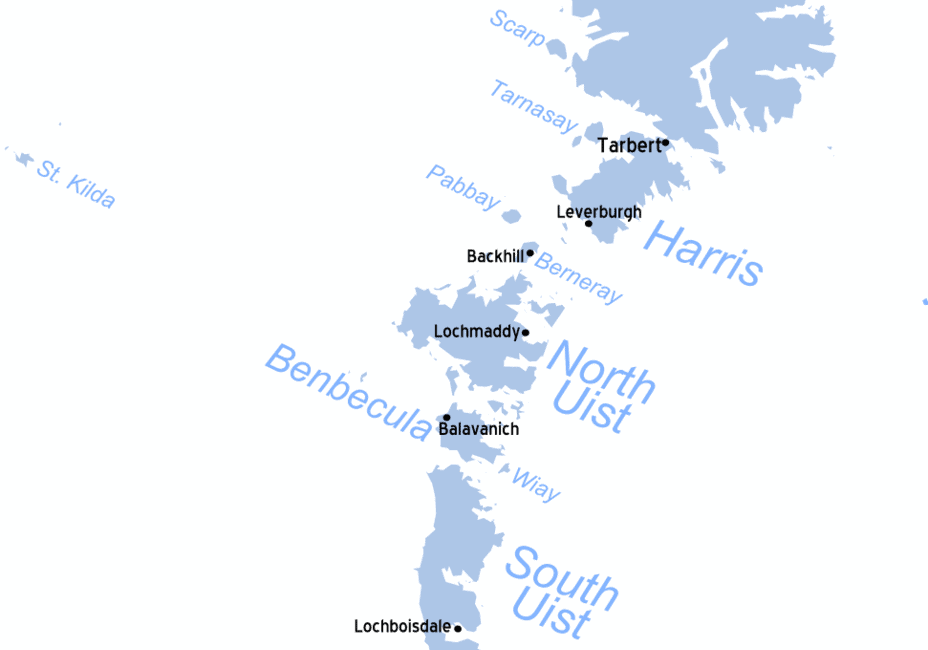
Book Your Stay at The Decca
A brief history of Lewis
The Isle of Lewis, located in the Outer Hebrides of Scotland, has a rich and fascinating history that spans thousands of years.
- Ancient Settlements: Archaeological evidence suggests that the Isle of Lewis has been inhabited since prehistoric times. Neolithic stone circles, such as the famous Callanish Stones, stand as testament to the island’s ancient past. These structures, dating back to around 3000 BC, indicate a sophisticated society with knowledge of astronomy and a reverence for the spiritual.
- Norse Influence: During the Viking Age, which lasted from the 8th to the 11th centuries, the Isle of Lewis was under Norse control. The Norsemen established settlements and left behind their cultural and linguistic influences. Place names and personal names still bear evidence of this Norse heritage.
- Clan Warfare: From the 13th century onward, various clans vied for control of the island. The MacLeods of Lewis and the MacKenzies of Kintail were among the prominent clans that contested power on the Isle of Lewis. Clan warfare and conflicts between the clans and the Scottish crown shaped the island’s history during this period.
- Scottish Rule and Clearances: In the 16th century, the Isle of Lewis came under Scottish rule. The MacKenzies, who held power on the island, experienced financial difficulties and eventually sold their rights to the Seaforth family in the early 17th century. The 19th century witnessed the Highland Clearances, a period when many crofters were forcibly evicted from their lands to make way for sheep farming.
- Crofting and Fishing Communities: Despite the challenges faced by the crofting communities, traditional ways of life persisted on the Isle of Lewis. Crofting, a small-scale agricultural system, and fishing remained vital to the economy and culture of the island. The communities maintained a strong sense of identity and cultural heritage, preserving traditions such as Gaelic language, music, and crafts.
- Modern Developments: In the 20th century, the Isle of Lewis saw changes brought by modernization, including improved infrastructure, transportation, and communication. Today, Lewis is home to a diverse economy that includes tourism, renewable energy, and creative industries. The island continues to attract visitors with its natural beauty, rich history, and vibrant Gaelic culture.
The Isle of Lewis is a place where ancient traditions and a storied past intersect with the aspirations of modern life. Exploring its historical sites and engaging with its resilient community provides a deeper appreciation for the island’s captivating history and its enduring cultural heritage.